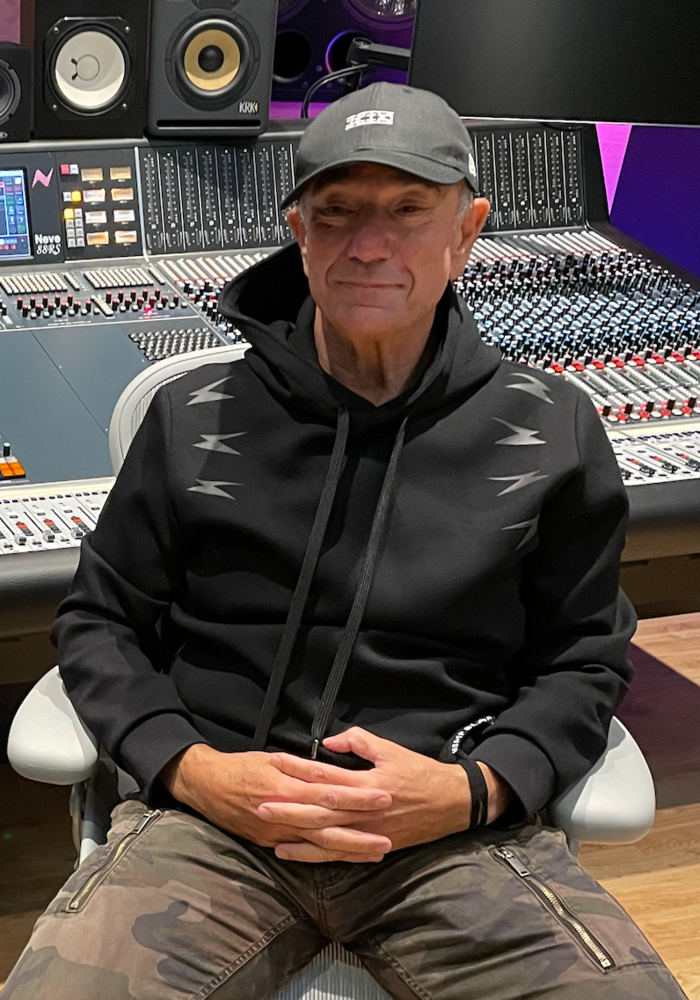Platoon CEO Denzyl Feigelson and designer of its Platoon 7 studio, Sam Danieli, have spoken to Headliner about the company’s new high-end, multi-purpose facility and how innovations in audio will set new standards for recording in 2022.
Located at London’s Tileyard music hub, Platoon 7 – an extension of Platoon’s global services operation - opened its doors for business in November 2021 and includes three recording studios, two Dolby Atmos rooms, a content capture studio, podcast booth, writing rooms, an artist lounge and an education lab to provide in-person and virtual workshops. Each of the 10 rooms are interconnected, providing flexibility and simultaneous use of the space, from writing camps and multi-artist recordings.
The Dolby Atmos rooms, built and installed by Studio Creations, provides remote recording capabilities, while the facility’s flagship recording room, Studio 1, is centred around a Neve 88RS mixing console and complemented by a raft of high end audio gear and live instruments, from synths and percussion, to keyboards, guitars, bass and drums.
Among those to have utilised the space already is multi-award-winning producer, songwriter and musician Fraser T Smith, who has worked with the likes of Adele, Stormzy, Kano and Dave.
"The new recording studios are a world class, state-of-the art space and a clear demonstration of the incredible work that Platoon is doing for its own artistic community,” said Smith of the new studio space.
Platoon will also be working alongside local organisations and community groups to offer the space free of charge to aspiring talent.
Headliner paid Feigelson and Danieli a visit for a tour of the studio and to find out more about what it has to offer the global creative community…
Why did you decide to base Platoon 7 at Tileyard London?
DF: We arrived at Tileyard in 2016 thanks to Mark Ronson. He called me up one day and said, ‘can you come over, I have a little song I want to play you’? I came over and he played me an early demo of Uptown Funk and I got curious about the space. He organised a tour for me, and I needed a little office space at the time, so I took a space in Unit 23 and Platoon grew from strength to strength. This particular space used to be a meat packing building and once Tileyard took over the spec they started building out an idea of it being a studio teaching space. That didn’t quite work out, so I inherited a very early build of this spot and then we decided to put in what you see now, which is 10 rooms of creative spaces.
What was the philosophy you wanted to bring to this space?
SD: The idea for this space is that an artist should be able to come in, even with just the start of a song, and maybe begin forming the idea. Then they can move into a room that is slightly bigger and build up a demo. Then it can be mixed in another room. From there, they could go to Studio 2 to mix in Atmos, they can playback in our Atmos conference room, they can shoot a video in our content creation space. It’s a place for artists to be able to come and create – whatever idea they have in their head, they can make happen here.




